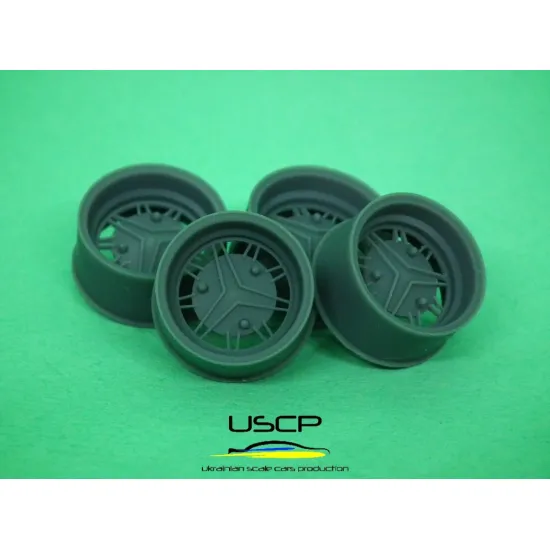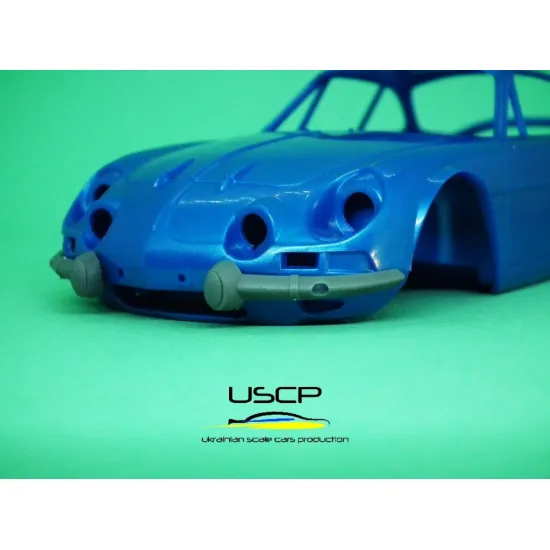Design systems have come quite a distance since their inception, transforming from standard construction tasks to complicated performs of art. For hobbyists, this advancement mirrors equally technological improvements and the rising need to craft small sides with extraordinary realism.
The Rise of Product Systems
Plastic Models first gained reputation in the mid-20th century. Initially designed as simple, useful tools, the early sets usually included simple elements made from wood or material with small attention to detail. By the 1950s, plastic sets joined the marketplace, marking a critical time within their evolution. These plastic types allowed for light and easier-to-assemble models, leading to a rise in reputation among small hobbyists.
The 1960s and 70s found an explosion of creativity in design kits. During this time, the target shifted from just building cars to creating replicas of renowned topics which range from jets to sci-fi spaceships. Businesses began integrating higher-quality shapes and presenting special variations, making the interest more immersive.

The Revolution in Realism
By the 1980s and 90s, the target in product systems transferred toward hyper-realism. Suppliers started using injection-molded technology that permitted for remarkable detailing. Modelers could accessibility sophisticated systems presenting carved textures, custom stickers, and intricacies previously unimaginable.
Technical changes also produced modification possible. Methods like airbrushes and high-performance paints, along with step by step recommendations, offered hobbyists the flexibility to elevate their builds. From weathered tanks to polished race cars, making life-like designs became an attainable goal.
Expert Tips for Painting and Detailing Design Kits
For model fanatics, the delight is in the details. Painting and finishing techniques have evolved parallel to model packages themselves. Understanding these skills may truly change any build.
1. Perfect for Accomplishment
Always focus on a primer. Priming ensures that paint adheres efficiently to materials and produces the bottom needed for vivid, consistent color. Select a primer suited to your substance, whether plastic, resin, or metal.
2. Layer Your Paints
Use your shows in slim, also layers. This method avoids clumpy finishes and makes transitions between colors seamless. Acrylic offers are specially popular for their fast drying time and vibrant color options.

3. Include Fine Weathering Facts
To offer your design a weathered, genuine search, experiment with weathering methods such as for instance dried discovering, wipes, or using pastels. For cars, simple rust marks or damaged paint can enhance realism.
4. Ideal the Stickers
Decals can make or separate the final search of your model. Make use of a conditioning alternative to simply help them conform to curved surfaces and cautiously seal them with a clear coat.
From building easy versions decades ago to today's hyper-detailed designs, product systems continue steadily to inspire imagination and skill. With advanced techniques and instruments, the options for reality and phrase are endless.
